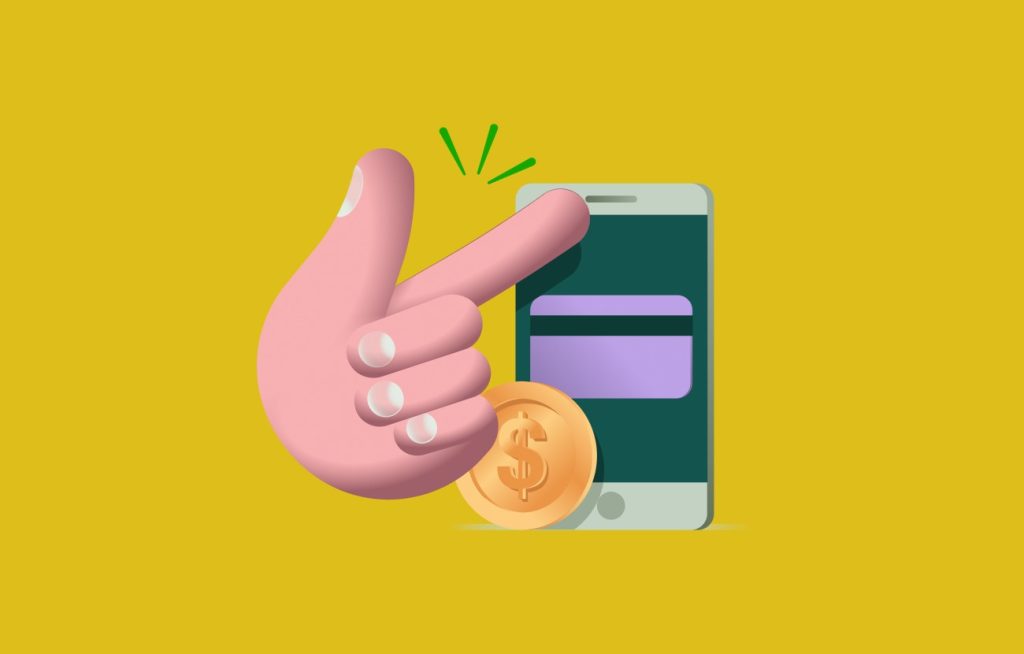Why Income Streams Matter in Today’s Economy
In the past, relying on a single job often felt safe enough. Today, however, that is less and less the case as economic uncertainty, fluctuating job markets, and the rising cost of living create real pressures for households everywhere. It’s no coincidence that over 44% of Americans now supplement their main source of income with side work. These numbers, drawn from multiple national surveys, reflect both a financial necessity and an emerging cultural shift toward self-reliance and creativity. Income diversification isn’t just about extra pocket money—it’s about empowerment and resilience.
According to research shared by the Pew Research Center, Americans increasingly value flexible work and adaptable income, especially in times of change. Supplemental earnings regularly help people pay off debt, save for emergencies, or invest in personal development. Many also discover a sense of confidence from pursuing passion projects that supplement their main paycheck. Recent discussions have highlighted a surge in people turning to alternative ways of earning, as confirmed by many shared experiences collected in Dow Janes reviews. These stories demonstrate that building extra income is not just practical—it’s inspiring.
Types of Additional Income Streams
- Freelancing: Many people discover that skills they use in their day jobs—like editing content, graphic design, or coding—are in high demand for freelance projects. The internet enables you to find remote work, build a portfolio, and connect with clients worldwide, often from the comfort of home.
- Physical Product Sales: Selling handmade goods, vintage collectibles, or even unused household items has grown steadily thanks to platforms such as Etsy and eBay. Some start small, selling to friends and local buyers, then expand as online sales grow.
- Gig Economy Jobs: Apps like Uber, DoorDash, or TaskRabbit give almost instant access to customers looking for rides, deliveries, or help around the house. For those who want flexible hours or a way to earn a little extra on weekends, the gig economy is a popular launchpad.
- Passive Income Streams: Although “passive” doesn’t mean effort-free, avenues like investing in dividend-paying stocks, creating online courses, or selling stock photography can generate regular, reliable returns after initial setup.
- Tutoring and Educational Services: Sharing your expertise through online lessons, coaching sessions, or group workshops has never been easier. As more people value remote learning, even niche knowledge can attract paying learners.
With dozens of possible approaches, the real challenge is matching your strengths and interests with the right opportunity. The most successful side hustlers are those who start small, stay curious, and adjust quickly based on early feedback.
Finding the Right Side Hustle for You
Not every side hustle will be a perfect fit, and that’s OK. The search for the right income stream usually begins with honest self-reflection. Start by making a list of what you’re good at—job-related skills, hobbies, and even tasks that friends ask for your help with. Sometimes, clues come from what people regularly compliment you on, or what you find yourself doing during your downtime. Consider where your interests overlap with market needs and existing demand.
- Do people in your network often ask for your advice or help with something specific?
- Have you noticed a need or gap in your community that no one’s addressing?
- Would you stick with this idea even if it takes a few tries to get the results you want?
The most effective strategy is to experiment and learn in small steps. As outlined by an Entrepreneur article, running a simple test or “pilot” phase—like selling to a handful of friends or posting in local groups—will show you quickly whether your idea resonates. Start with a minimum viable product or service, then refine it based on feedback and demand.
Steps to Launch Your Side Income
- Pilot for 30 Days: Select one path and commit to testing it for a set period. Treat it like an experiment, not a permanent commitment, and track everything you learn—even if the first round is just a learning experience.
- Set Measurable Goals: Decide on a realistic initial target—whether it’s $50, $200, or a specific number of sales. Small wins create progress and confidence, motivating you to continue.
- Leverage Online Platforms: Research which digital tools make sense for your idea. From free social media groups to global marketplaces and freelance job boards, these platforms lower the cost and risk of getting started.
- Build Accountability: Tell a friend, family member, or even a small online audience about your project. Sharing your plans, even with just one other person, keeps you engaged and encourages follow-through.
- Pivot and Iterate: Every setback holds a lesson. Adapt your approach quickly by noting what worked, what didn’t, and where improvements can be made. This willingness to adjust often makes the difference between those who give up and those who grow.
Long-term side hustlers often say their biggest breakthroughs arrived well after the “honeymoon phase” ended. Patience and the willingness to adapt quickly will keep your momentum going strong.
Managing Your Time and Resources
Many new side hustlers struggle with balance—fitting projects around existing jobs, family life, or studies. The secret lies in carving out dedicated “side hustle time” just as you would for work or appointments. Protect those slots fiercely and make them non-negotiable as often as possible. Digital calendars, automated task apps, and reminders can help keep you on track, while focus strategies such as time-blocking or batching similar tasks together cut down on wasted effort.
- Identify high-impact actions that move you closer to your goals, and prioritize these over endless preparation.
- Whenever feasible, outsource or automate minor, repetitive tasks. Sites for virtual support provide cost-effective helpers.
- Be intentional about rest. Even the most ambitious hustler can burn out without downtime. Recharge, so your creativity and productivity can thrive.
Focusing on effective time and energy management ensures your side income remains rewarding rather than a burden.
Real Stories from Everyday People
Everyday success stories remind us that you don’t need fame or vast resources to make progress. Sarah, for example, started by offering resume reviews to friends in her spare time. The results were modest at first, but as word spread, she built a reliable source of extra income—enough to cover her monthly utility bills within three months. Her story is echoed by many who’ve started small and steadily built both skill and clientele.
Kevin, a graphic designer, initially made less than $50 in his first two months selling printable art templates online. After listening closely to customer feedback and refining his product offerings, his monthly extra income soon reached $350. These stories show that it’s not about an overnight windfall but about persisting, learning, and embracing small beginnings.
Resources to Support Your Side Income Journey
The internet is filled with useful resources—discussion forums, podcasts, digital libraries, and government websites offering advice on startup basics, taxes, or marketing. Networking with others, whether online or locally, can yield both guidance and encouragement. For ideas and fresh inspiration, browse regularly updated sources like this list of creative side hustle ideas. Finding a community—whether online or in person—brings accountability and camaraderie, making the journey more enjoyable and sustainable.
Extra income streams aren’t reserved for seasoned entrepreneurs—they’re accessible to anyone willing to take consistent, informed steps. With the right support and a mindset tuned to opportunity, real people everywhere are proving it’s possible to earn more, adapt, and grow in changing times.



